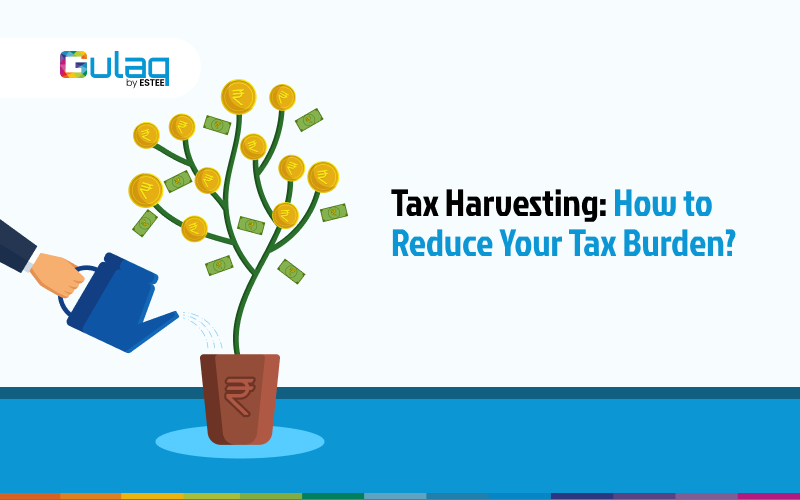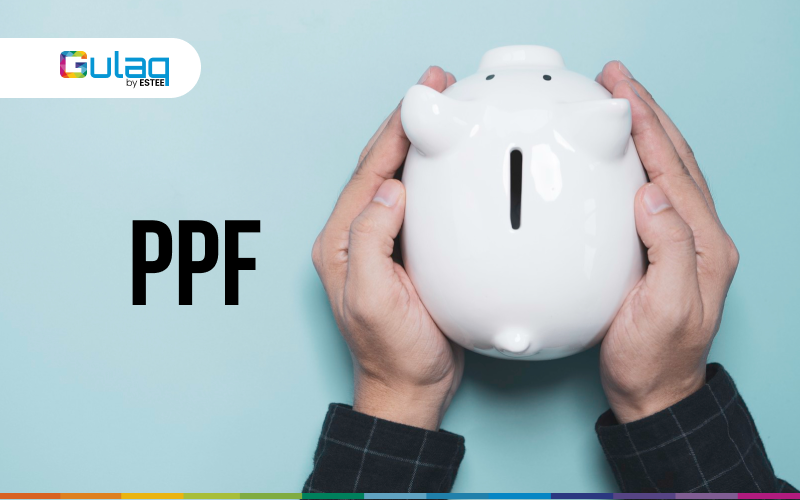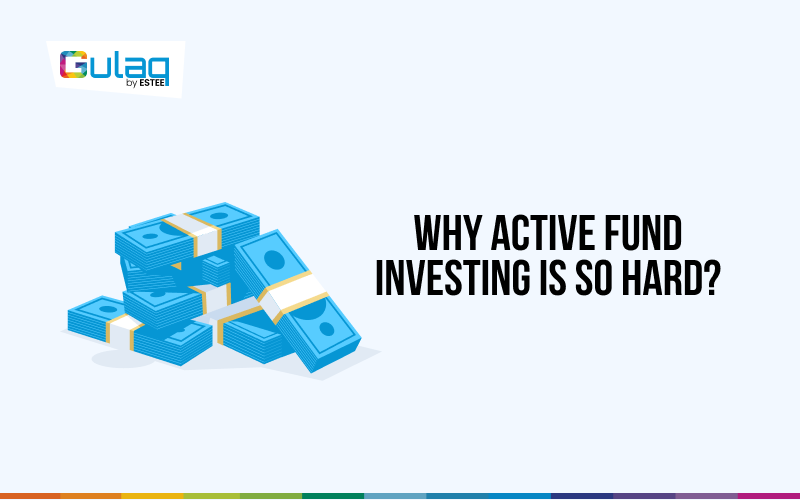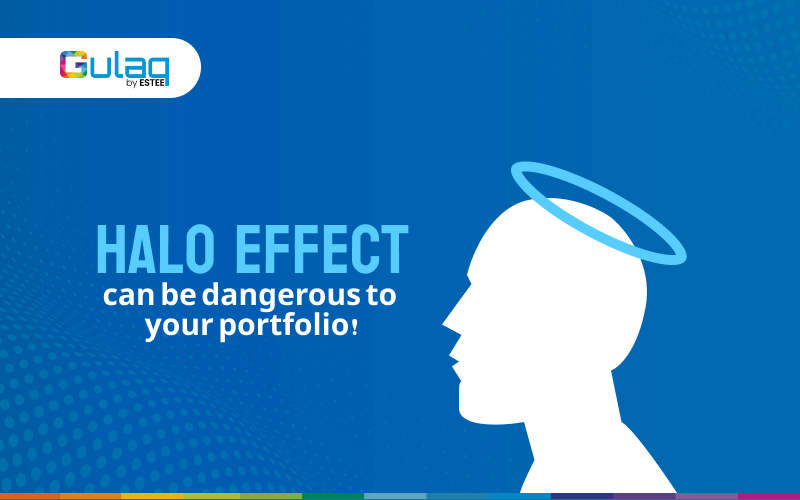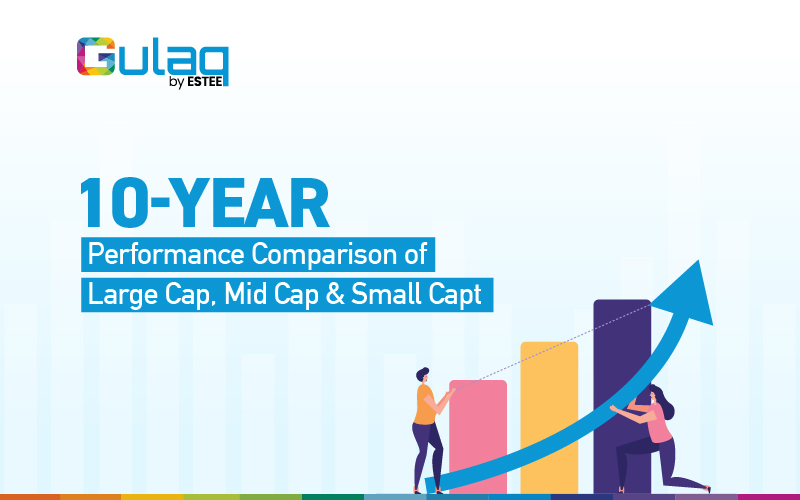
Best portfolio management services in India
Portfolio management service – often referred as PMS – can be availed by anyone who can invest a minimum of INR 50 Lakhs. There are two types of portfolio management services: discretionary and non-discretionary portfolio services. In discretionary PMS, portfolio managers take investment decisions on behalf of their clients. Portfolio managers manage funds independently. In non-discretionary PMS, portfolio managers are obliged to consult their clients before making any trade. The final decision is taken by the clients and portfolio managers take care of execution and play an assisting role in decision making. Portfolio managers must be SEBI registered to offer portfolio management services. Stock broking companies, banks, or even individuals registered with SEBI can offer portfolio management services.
There are 1000s of portfolio managers available in India. How do we find the best portfolio management service? What would be the factors to consider if one wants to find out the best available PMS? Let us take a look at it. Key aspects of any portfolio management service are returns, fee structure, entry and exit load, lock-in period, portfolio manager experience, and investment strategy. Let us analyze each of them individually. Towards the end of this article, we will be covering what should be the ideal capital required to invest in PMS.
Returns
The primary purpose of investing is to get returns. Returns are determined by what kind of asset classes the portfolio manager is investing in. Most of the portfolio managers invest funds in equity and debt. One must look for what kind of PMS products portfolio managers are offering and based on their risk appetite choose the appropriate one. For example, Estee Advisors has a PMS product called I-Alpha which is based on arbitrage. Hence, I-Alpha has never had a negative return in any month. Similarly, portfolio managers have a suite of PMS products serving different purposes like maximizing returns, minimizing risk while beating FD rates, etc.
Lock-in period
Lock-in-period is the duration until which the clients are not allowed to withdraw their funds. There is no minimum lock-in-period for portfolio management services. However, there are some PMS providers who keep a minimum lock-in-period to their clients. Best portfolio management services ideally should not have any lock-in-period.
Entry & Exit Load
Entry load is the fee charged at the point of entering the service and Exit load is the fee charged when clients exit the service. Most of the portfolio management services providers charge either Entry or Exit loads. The best portfolio management services ideally should have minimum entry and exit loads in the market.
Fee Structure
Fee structure comprises a flat fee based on portfolio value and a variable fee based on returns generated. Let’s have a look at three types of fee structures using fee structures offered by quant investing pioneer – Estee Advisors:
Fixed Fee: In flat fee structure, portfolio managers will charge a fixed percentage of fee on assets under management (AUM). In this case, the fee is not linked to the performance of the fund. Ex: Estee charges 2.4% Fixed Fee per annum
Fixed + Performance Fee: In this structure, portfolio managers charge a lower fixed percentage of fee on AUM and performance fee (profit sharing) if returns cross hurdle rate. Hurdle rate is the minimum acceptable rate of return. Ex: Estee charges 1.5% Fixed + 15% performance fee over hurdle rate
Performance Fee: No fixed fee in this structure. Portfolio managers charge fees only if the fund crosses the hurdle rate. Ex: Estee charges 0% Fixed + 40% Performance fee over hurdle rate.
Different PMS providers have different fee structures. If the client is not interested in sharing profits, then they should choose a fixed fee structure. Clients can incentivize PMS providers by choosing fixed fee + performance fee structure. If clients want to pay only if the fund crosses minimum acceptable return, the better choice is the performance fee structure.
Investment Strategy
Investment strategy comprises what asset classes the manager is investing in. Asset classes vary from Equity to low risk debt like instruments, and small-cap to large-cap investments. Let’s take two individual cases to illustrate the same: Vinod and Vijay.
Vinod is 30 years old and is an aggressive investor. The investment strategy for Vinod can be on the lines of equity intensive investing, with investments in small-caps or mid-caps. Vijay is 45 years old and usually invests in fixed deposits. He is a conservative investor. The investment strategy for Vijay can be on the lines of balancing between equity and low risk instruments to beat inflation and generate alpha over prevailing fixed deposit rate.
The investment strategy purely depends on risk appetite and expectations of the investor. Hence, one must assess how the manager is calculating your risk appetite, understanding your financial goals and expectations. Post initial assessment, one should watch out for whether the manager is curating a strategy which is appropriate to the risk appetite and goals or not.
Experience
Experience does not necessarily bring best returns, but it can save investors from down-side risk. Experience includes portfolio manager’s investment experience in different asset classes, investment methodology, fund size handled earlier, and client base. Experience in different asset classes makes the investment strategy diverse. Investment methodology includes traditional investing, quant investing, factor investing, multi-factor investing, etc. Fund size is an important factor because some investment strategies which work at small to midsize investments might not work while scaling up. Client size hints at personalization of services. Higher client base tends to limit the personalization of services.
Best PMS in India
We consider the Quant investing pioneer in India, Estee Advisors, as the best PMS in India. Estee with 14+ years of experience in quantitative investing has built solid models to efficiently track, assess, and grab market opportunities systematically. Additionally Estee is offering PMS products for all the risk categories, becoming a one-stop solution for PMS products.
Estee Advisors
Estee Advisors was founded in 2008, by Sandeep Tyagi, and pioneered quant investing in India when SEBI allowed algorithmic investing. Adoption to algorithms in investing can potentially eliminate human errors in tracking and assessing markets, which makes Estee Advisors a strong contender for the best PMS in India. Estee has a team of 120+ quant and technology professionals and has an AUM of INR 500+ crores. Estee has 3 PMS products targeted at conservative, aggressive, and balanced investors.
I-Alpha: Estee’s arbitrage based product, I-Alpha, is designed for conservative investors who are exploring alternate investment options to fixed deposits. Hence, I-Alpha’s target return is FDs return +3%. The product has consistently beaten the target and generated approximately 12% CAGR since inception. I-Alpha never had a loss in any month so far.
Long-Alpha: Estee’s flagship PMS product for aggressive investors is Long-Alpha. It is a directional strategy product aimed at outperforming benchmark equity index with low volatility. Long-Alpha has 100% equity allocation. The Long-Alpha product follows a multi-factor investing approach which monitors S&P BSE 500 universe and assesses good investment opportunities on a regular basis based on 130+ fundamental, technical, and macro-economic factors. Unlike the majority of the PMS products, the Long-Alpha product is sector agnostic. Hence, it maintains good shape in dynamic market conditions.
Allocation Alpha: Allocation alpha dynamically allocates capital among equity, foreighn equity, and low risk debt like instruments. This product is designed for balanced investors looking for alternate investment options for hybrid funds. Equity allocation varies from 0 to 70% based on prevailing market conditions. The aim of the product is to outperform the market using equity allocation during bull run, and reduce the risk during bear run of the markets.
When should one start investing in PMS
As mentioned earlier, PMS requires a minimum investment of INR 50 Lakhs. Though some PMS products take care of diversification, we recommend investing not more than 25% of your capital in a single PMS product. Hence, we believe, the capital of INR 2 Crores is the ideal amount to start investing in PMS products.
Despite taking a shot at the best PMS in India, we would like to emphasize that the best PMS vary from investor to investor based on their risk appetite, financial goals, fee structure, and capital at hand. Hence, it is always good to keep the evaluation criteria handy and assess the available PMS accordingly.
Related Posts
Tax Harvesting: How to Reduce Your Tax Burden?
FY 23-24 has been great for Gulaq. We were able to generate phenomenal returns for…
Don’t Miss the Forest for The Trees: Why Maxing Out the Rs. 1.5 Lakh Limit on Your PPF Before 5th of April Is Not Worth the Hype
As the financial year has ended, the buzz around investing the entire Rs. 1.5 lakh…
Why Active Fund Investing is so hard?
Would you consider investing in a fund that has significantly trailed its benchmark over the…
Halo Effect can be Dangerous to your Portfolio!
Charlie Munger once famously said, “It is remarkable how much long-term advantage people like us…


